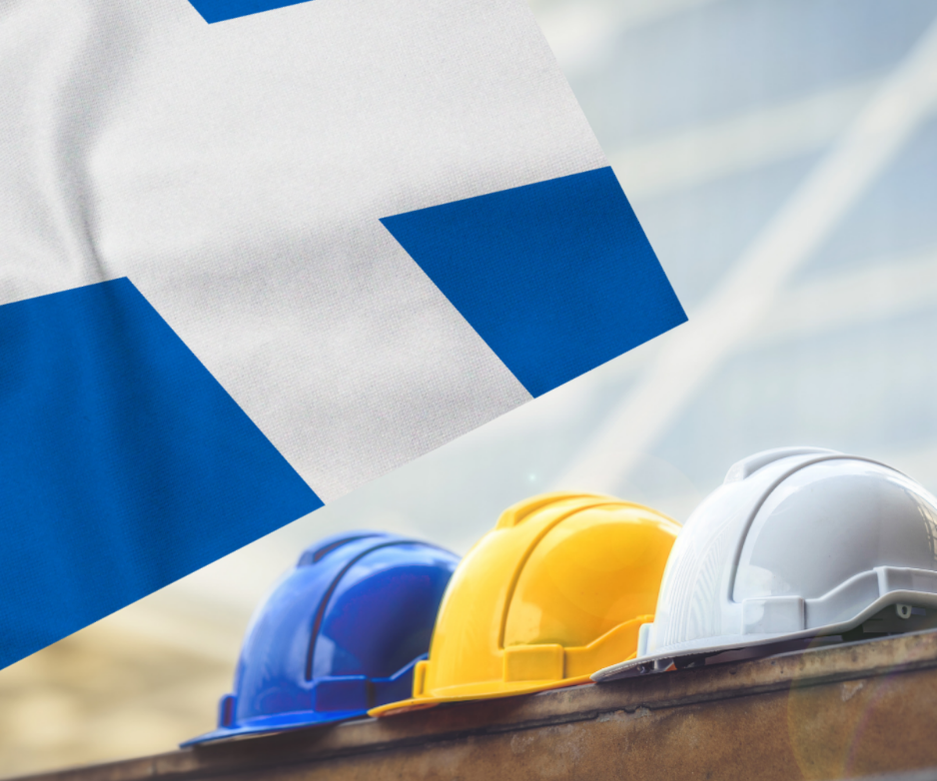
Why the Building Safety Levy matters
Following concerns over high-rise fire safety, Scotland is introducing a Building Safety Levy to help fund essential safety improvements in multi-storey residential buildings. The aim is to ensure that residents live in safe homes and that developers contribute to maintaining high safety standards.
This levy forms part of Scotland’s wider Building Safety Programme, which is designed to prevent unsafe cladding and other fire hazards from putting lives at risk.
Who pays the levy
The levy applies mainly to developers of multi-storey residential buildings, typically those over 11 metres or with multiple flats. Developers are required to pay into a fund that covers the cost of safety improvements, such as cladding replacement, fire safety audits, and ongoing maintenance.
For homeowners, the levy is expected to lower their risk of having to pay for expensive remediation costs; however, it may indirectly influence the pricing of new construction projects.
Impact on developers and buyers
- Developers: The levy increases construction costs, encouraging developers to prioritise compliance and safer building materials from the start.
- Buyers: While prices for new builds might reflect the additional levy, the benefit is reassurance that properties meet strict safety standards, reducing long-term risk.
Looking ahead
Scotland’s Building Safety Levy is part of a broader commitment to safer residential buildings, particularly high-rise flats. Buyers, investors, and developers should keep up-to-date with regulations, as they will impact property values, construction costs, and safety responsibilities.
Want to know how the Building Safety Levy could affect your property or development plans in Scotland?
Contact us today for expert advice and up-to-date guidance
